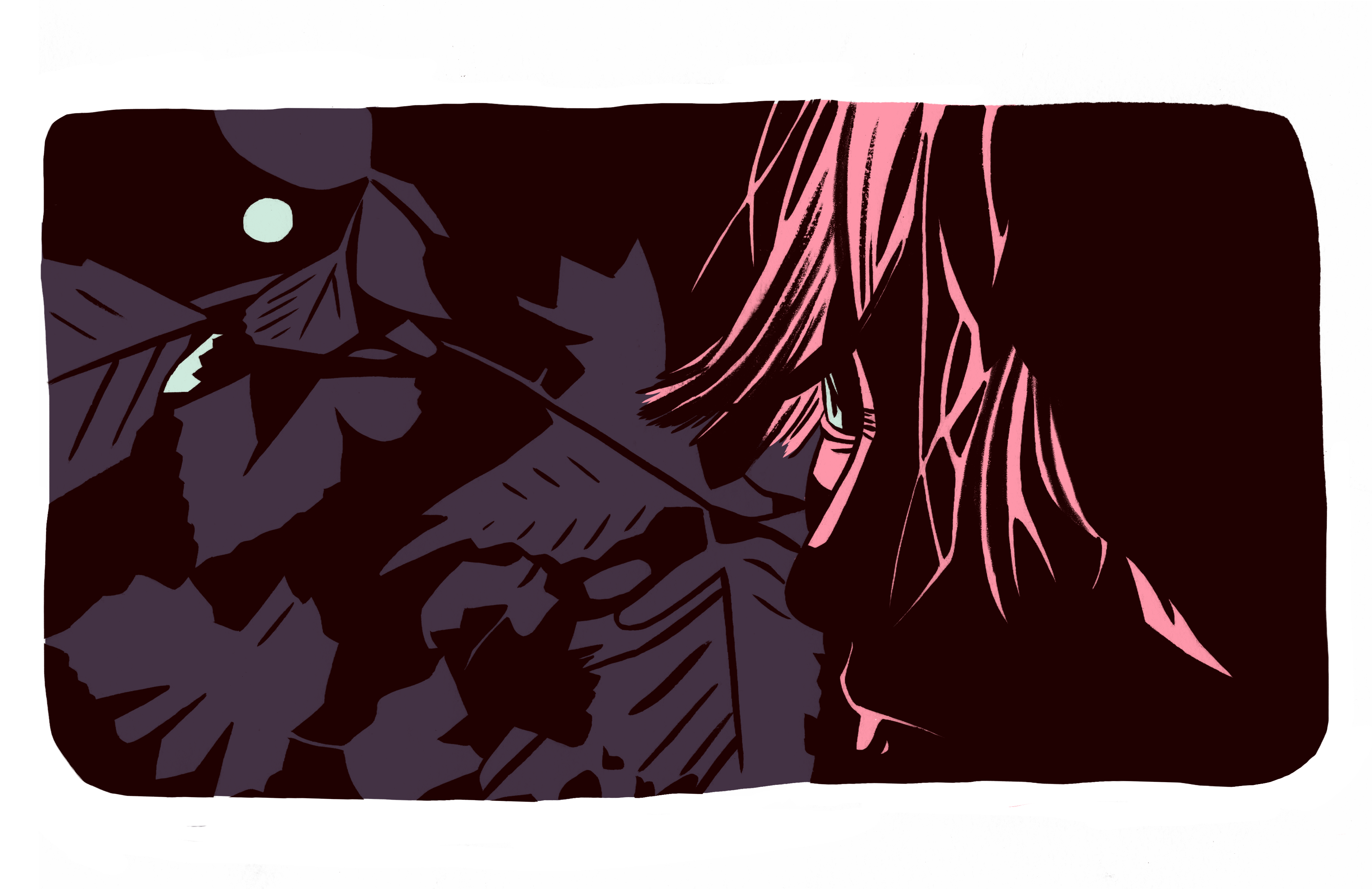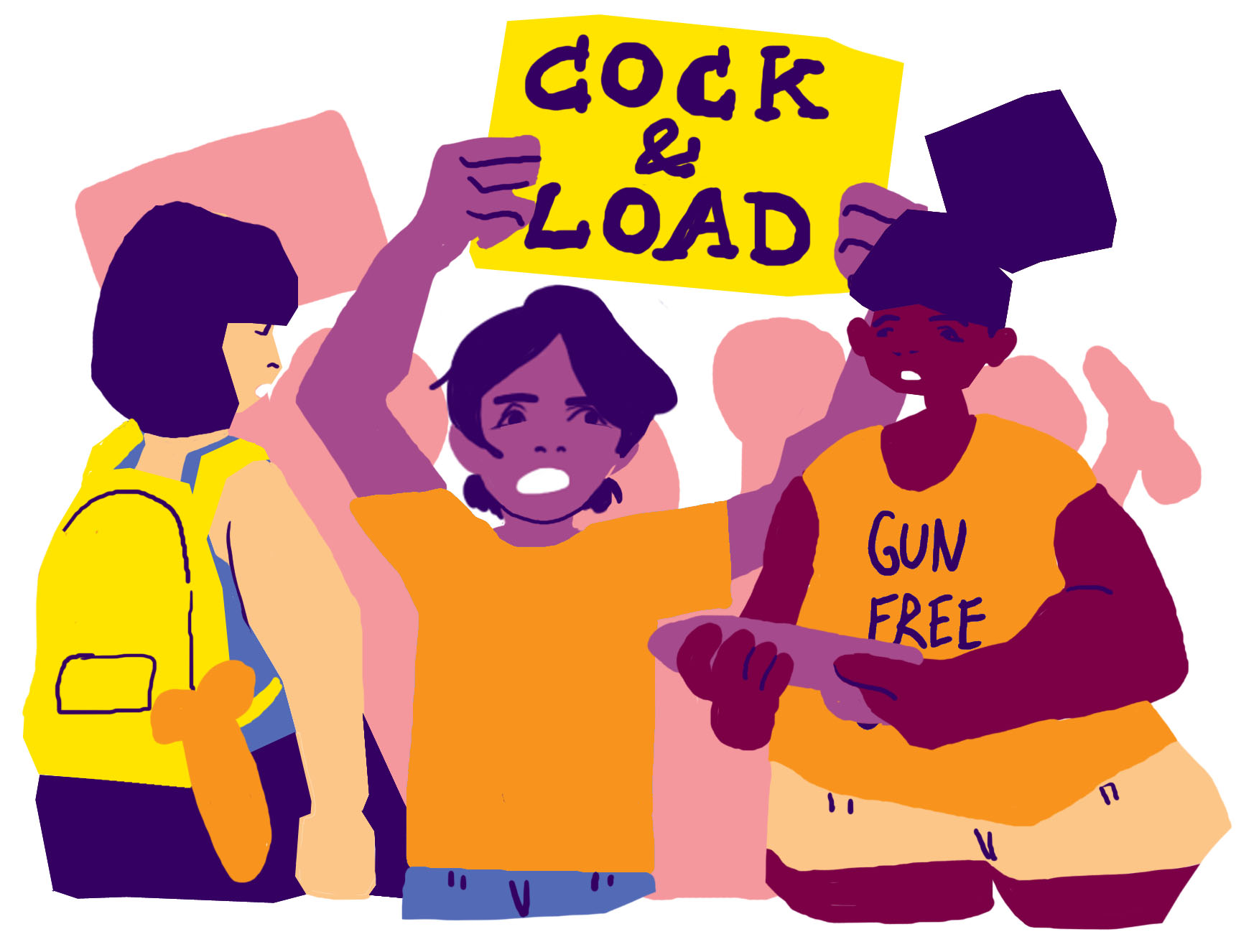
1999’s “The Blair Witch Project” changed the game in a lot of ways. While its trend-launching “found footage” premise didn’t do anything that hadn’t been done before, “The Blair Witch Project” did manage to utilize a freshly ripening internet culture and a groundbreaking (for its time) viral marketing strategy to reach a level of mainstream success that was unprecedented. This success went on to launch the flop of a sequel that was 2000’s “Book of Shadows: Blair Witch 2” and now, 16 years later, Adam Wingard’s effectively tense “Blair Witch.”
Before its September 16 theatrical release, “Blair Witch” had been shot and publicized under the pseudonym “The Woods,” making it the surprise sequel that left quite an impression at advanced festival screenings. Brad Miska of the website Bloody Disgusting — “the leading lifestyle destination for fans of horror and all things extreme” — gave “Blair Witch” four and a half out of five possible skulls in his review. Miska said of the film: “‘Scary’ is probably an understatement as this may just be the first film since ‘The Exorcist’ that will leave younger audiences scarred for life.” However, with a 36 percent on Rotten Tomatoes and a disappointing performance at the box office, one has to wonder: How good is “Blair Witch” actually?
Though he’s been making films since 2004, it was Wingard’s 2011 film “You’re Next” — a refreshing and well-received take on the home-invader/survival sub-genre of horror films — that really made him a household name (depending on the household, that is). With a filmography heavy on genre flicks, Wingard seems as fit to relaunch the lapsed “Blair Witch Project” property as anyone. Overall, he achieves his goal of updating the series in a way that is both familiar and fresh.
Piggybacking off the non-canonical “Book of Shadows,” “Blair Witch” picks up 17 years after “The Blair Witch Project” left off. The movie starts with the same typed text as the first, reporting that the following footage was found out in the woods of Maryland on “memory cards and hard drives,” as opposed to Heather’s old school tapes. (Heather was the aspiring filmmaker of the 1999 original.) This time around, we have her younger brother James (James Allen McCune), who holds out hope that his sister might still be out there in the woods, 17 years later.
This far-fetched hope is bolstered after he comes across a video posted online by the shady locals Lane (Wes Robinson) and Talia (Valerie Curry). This video shows footage from a newly discovered cassette that features a figure who just might be Heather. Bringing along his childhood friend, Peter (Brandon Scott), Peter’s girlfriend Ashley (Corbin Reid), and another would-be documentarian Lisa (Callie Hernandez), James heads off into the Black Hills of Maryland on a quest to find his sister.
It’s Lisa, a documentary film student, who has access to the sort of equipment which provides the technological upgrade that’s the new film’s most notable strength. One of the biggest criticisms of the first Blair Witch film concerns the shaky cameras and poor film quality. The latest Blair Witch still has a lot of shaky and unclear imagery, however, as initial shots of the 2016 crew’s equipment reveal. They also tighten the forced, first-person perspective through which the audience experiences the events of the film.
When the field of vision is so tightly limited to that of the characters, their fearful trek through the woods becomes ours. Furthermore, beyond the central four P.O.V. cameras, there is also Lisa’s handheld camera — a drone-mounted device for overhead shots from above the trees; and Lane’s old-school, handheld camera that uses the same type of cassettes that Heather did. The variety of equipment provides plenty of opportunity for the “found footage” to be cut together in interesting and various ways, with a style and purposefulness of cinematography the first movie lacked. While this is overall a strength, there are a couple of times sharp switches of perspective made it confusing as to who’s P.O.V. the audience is watching, and even despite the technological advances, running with a camera through the dark woods makes for some shaky and indiscernible visuals.
Some critics of “Blair Witch” might claim that it merely retreads the same old ground as the original and they’re not entirely wrong; however, by skipping the interviews and documentary stylings of the original, the new film cuts to the meat of the scares much faster. There’s less world-building to do and since some of the locals (Lane and Talia) come along for the ride, explorations of Burkittsville (a.k.a. Blair)’s mythology happen while the trek into the woods does, keeping a sense of momentum going as opposed to the more gradual build-up of the first movie.
With an 89 minute runtime compared to the original’s 81 minutes, it’s surprising to find that the newer film feels shorter. Both movies operate with a built-in sense of foreboding. The footage has been “found” after all, and these characters weren’t. We know things aren’t going to end well for them and the movie takes us on a tense roller coaster ride to see just how poorly they fare.
In terms of the fates these characters meet, “Blair Witch” is far from ambiguous. Whereas the original left a lot more to the imagination, the 2016 film offers some gruesome imagery and doesn’t shy away from showing a number of its characters meeting their ends. With more characters to pick off one by one, there are more set pieces to be utilized and more action to be had. People who found the first movie boring for its lack of gore won’t be able to say the same for this latest jaunt in the woods.
Narratively, “Blair Witch” does some interesting things with time. The format of “found footage” moments — when footage is cut together — and the inclusion of times when cameras are turned off, the question is inherently raised as to the story’s continuity. Wingard leans into this while folding in some fascinating questions regarding the passage and manipulation of time that’ll leave viewers with plenty to sift through after the final credits roll.
Overall, “Blair Witch” does a lot right and successfully brings the 1999 “Blair Witch Project” into 2016 with a fairly fresh perspective and enough new twists and techniques to entertain audiences both familiar with the original and new to the “Blair Witch” series. In terms of the thematic implications horror movies centering on witches get to explore (fascinating subjects of gender and the patriarchy, societal attitudes towards women with power, religious oppression etc.), however, “Blair Witch” has little to offer; especially when compared to the other big witch flick of 2016, Robert Eggers’ expertly executed “The Witch.” Yet, if you are going for a fun, tense, jump-filled fright fest, you could do far worse than “Blair Witch,” which is a quality horror sequel with plenty to offer.







